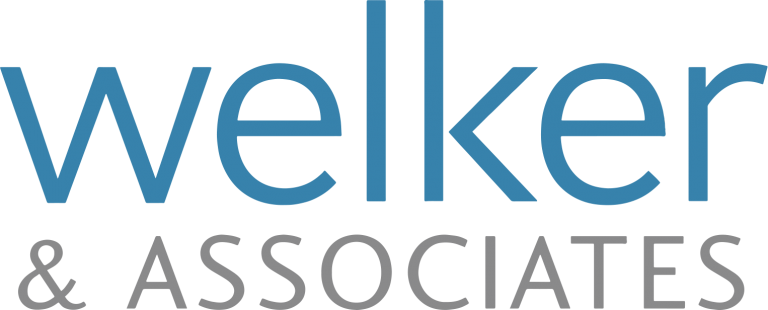Many Canadians request a free copy of their credit report through Equifax or Transunion, but once they receive their report, they have a hard time reading it. If you’re not used to reading credit reports, they can definitely be difficult to understand. Here are some points to remember when reading your credit report:
Included Information
Information on your credit report is laid out in sections. These sections are as follows:
Your identification
Inquiry (last five credit inquiries)
Employment
Public records (bankruptcy, consumer proposal, judgments, etc.)
Portfolio types and ratings [i.e. revolving credit (R), open credit (O), installment loan (I), lease (L), line of credit, and mortgage (M)]
Trade information
Narrative
Credit Ratings
Ratings go from 1 (best) to 9 (worst). For example, R1 (or M1, L1, etc.) is the best credit rating. R5 is the worst you can have and still receive credit. R7 is a debt settlement or consumer proposal and R9 represents bankruptcy.
Bankruptcy on Credit Report
A first-time bankruptcy is on the credit file for seven years after discharge. A second-time bankruptcy is discharged after 14 years.
Credit Score
Credit score ratings range from 300 to 900, with 900 being the highest rating. The factors that are included in determining your credit score include payment history (35 percent), length of credit history (15 percent), type of credit products (10 percent), and the volume and type of recent inquiries (10 percent).
If you’re struggling with debt and need help, call us for a free consultation. We are open late and on weekends to help meet your needs.



